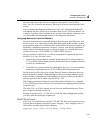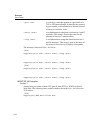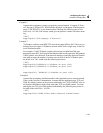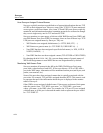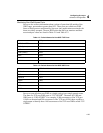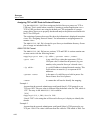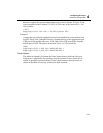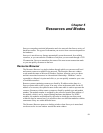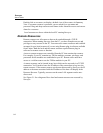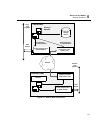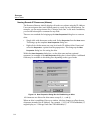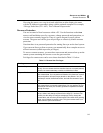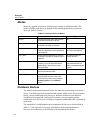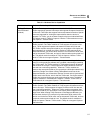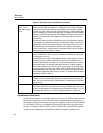5-1
Chapter 5
5 Resources and Modes
Surveyor can gather statistical information and view network data from a variety of
hardware sources. The types of information you receive from a resource depends on
the hardware.
Surveyor’s auto-discovery feature automatically scans the network for available
resources, or you can enter the IP address of any host you can reach through a TCP/
IP connection. Surveyor remembers the name of the most recent connection made
so you can quickly reconnect to the host.
Resource Browser
The Resource Browser is a single window through which you can access all local
and remote resources available in the network. The Resource Browser window
works much the same as Microsoft Windows Explorer, allowing you to see hosts
and their associated resources in a hierarchical relationship. “Branches” can be
expanded or collapsed via point and click, so you can quickly customize your view
of available resources.
Remote systems containing resources are listed by IP address unless there is a
Surveyor name table on the system. If an entry exists in the name table for the IP
address of a resource, the symbolic name in the name table is used to represent the
resource. Resources within remote systems are listed by module type and module
number. The module number is assigned by the software from the base address of
the module, which is set by jumpers during hardware installation. For NDIS
modules, the modules are numbered by the order in which they are discovered
within the local or remote host. It is possible to have two different modules with the
same name if they are within different hosts.
The Resource Browser opens as a docking window when Surveyor is started and
can be moved to its own window outside the main window.



